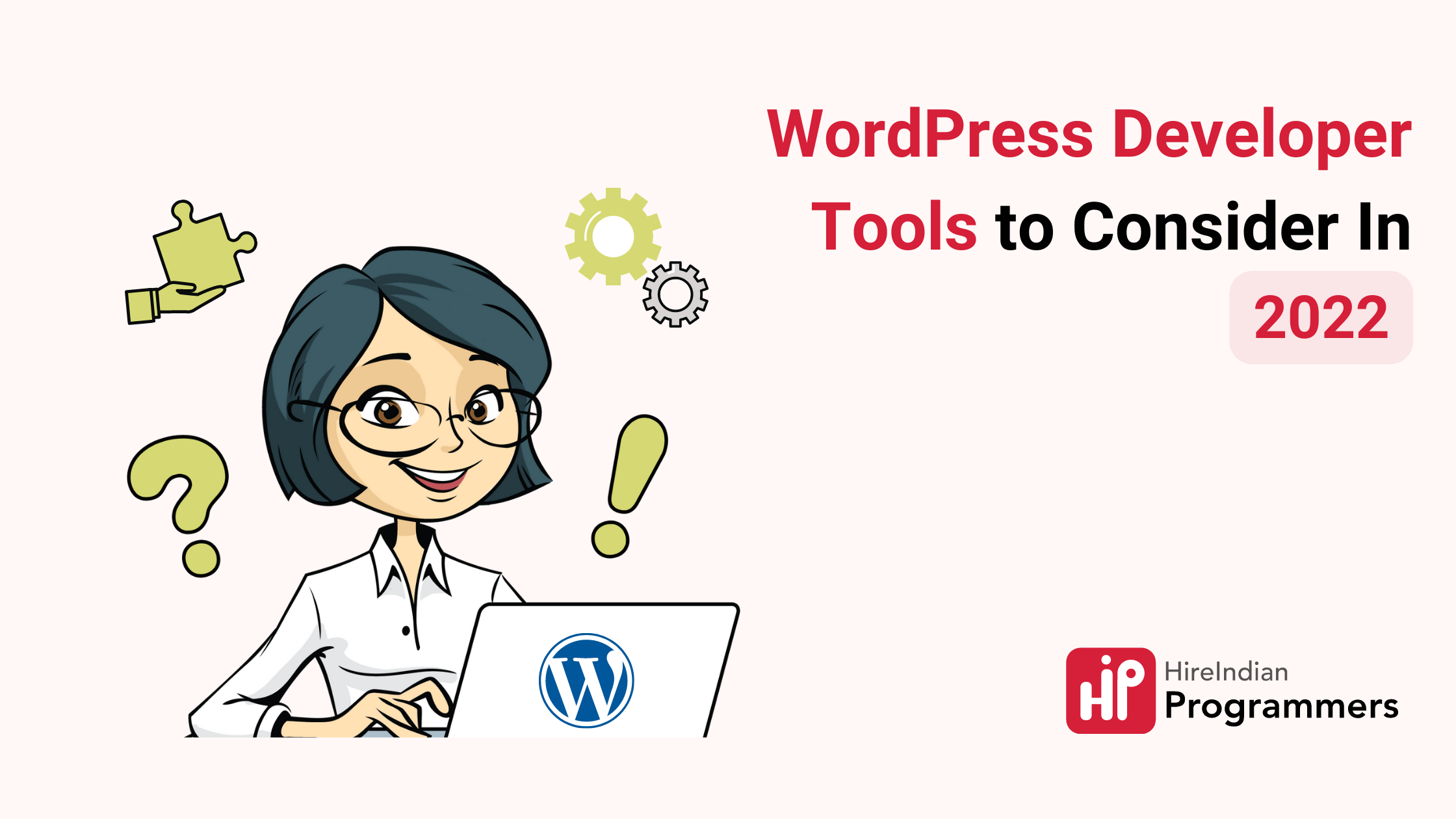WordPress is designed for users with no coding skills. The platform is easy-to-use and straightforward in the administration area. But eventually, you’ll want more from your website—like additional functionalities. WordPress offers over 55,000 plugins and developer tools you can use to make your site more interactive and appealing.
Though premium tools are typically the best versions, there are still many helpful free options available that can provide adequate assistance. Additionally, it’s important to keep your tools updated on a regular basis so that they stay aligned with your projects.
In this blog, we will introduce you to a list of nine WordPress developer tools that will help make website creation a seamless task.
Top 9 WordPress Developer Tools for Seamless Website Creation
1. Visual Studio Code
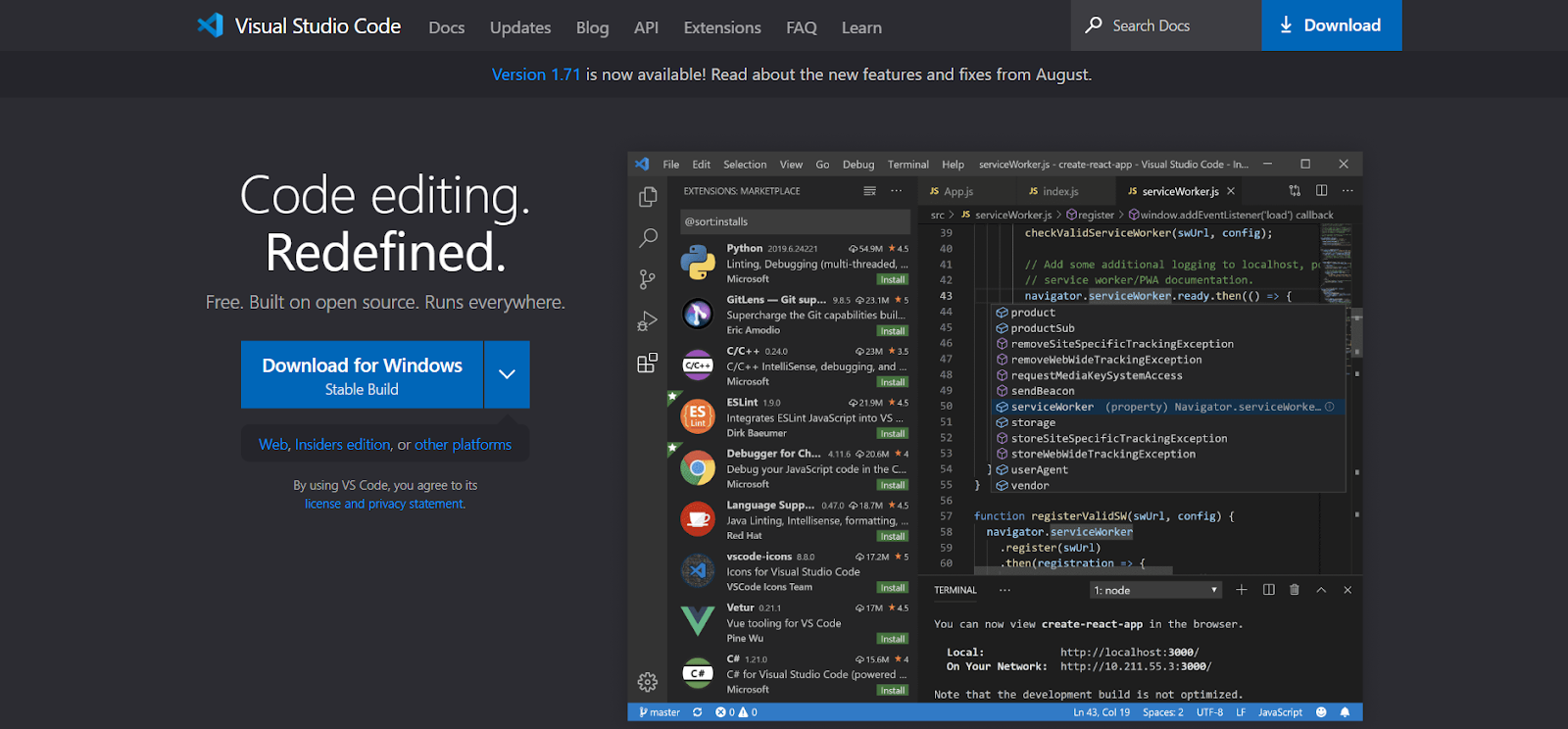
VS CODE should be your first option if you’re searching for something a little advanced but with a recognizable and straightforward all-in-one interface. Thanks to its extreme flexibility, almost all prominent machine languages can be executed on VS CODE. This coding program’s mobile device optimization is another intriguing feature. It implies that you no longer need to use Android Studio.
Browsers can sometimes have difficulty executing all of the coding elements, which can cause problems down the line for your project. However, with VS CODE, every factor can be rendered separately and with less load on the browser. This decreases the chance of crashes immensely.
Top features:
- Code autocompletion suggestions that automatically appear as you type.
- Navigate between symbols in your source code.
- Find all references to a symbol in your source code.
- Format your document based on settings defined in the user or workspace settings.
2. Postman

One of API development’s most tedious and boring parts is setting up test environments. This process is vital to ensuring your API works appropriately before releasing it to the public, but it doesn’t have to be a pain, thanks to Postman.
Postman is an excellent solution for any API developer looking for a powerful and comprehensive tool for their API workflow. With Postman, you can set up test environments quickly and efficiently to get back to developing your amazing API.
Postman is used for testing APIs with a focus on ease of use and efficiency. The multiple testing environments are easy to set up, and you can share your test cases between them, which speeds up the essential (but often time-consuming) practice of API testing.
Top features:
- Postman is a free and secure platform
- Create requests, add attachments, and share them with team members.
- API Documentation
- Ability to set and send SSL certificates
- Automated saving feature
3. PHP code sniffer
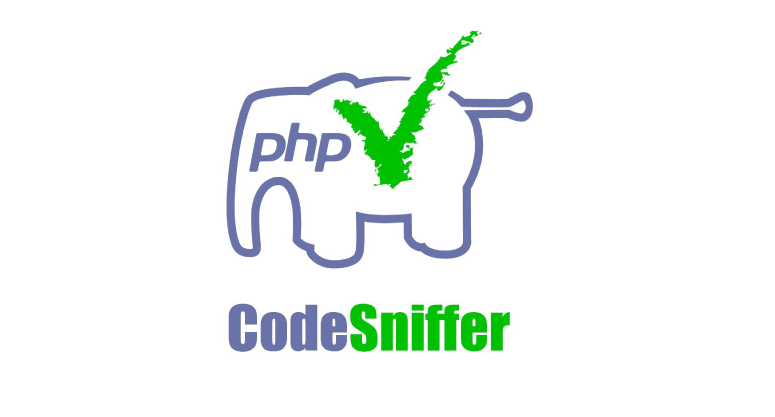
Using different code languages for one project can sometimes cause problems with the finished product. This is because other languages can have different code elements and scripts, which can impact the purity of the finished project. Additionally, human errors can also cause problems with the finished product.
PHP Code Sniffer is a software that analyzes mixed code scripts – mostly PHP, Javascript, and CSS files – for errors. If these errors are unchecked, they can cause buggy and error-ridden code in later stages. Some experts believe that PHP Code Sniffer’s script check is more reliable than other platforms, such as ESLint, Prettier, SonarQube, etc.
Top features:
- Check the quality of your code.
- Easily switch between languages.
- Built-in option to merge files.
- Customization option for error alert.
- Makes code script easy to read and understand.
4. Appsero
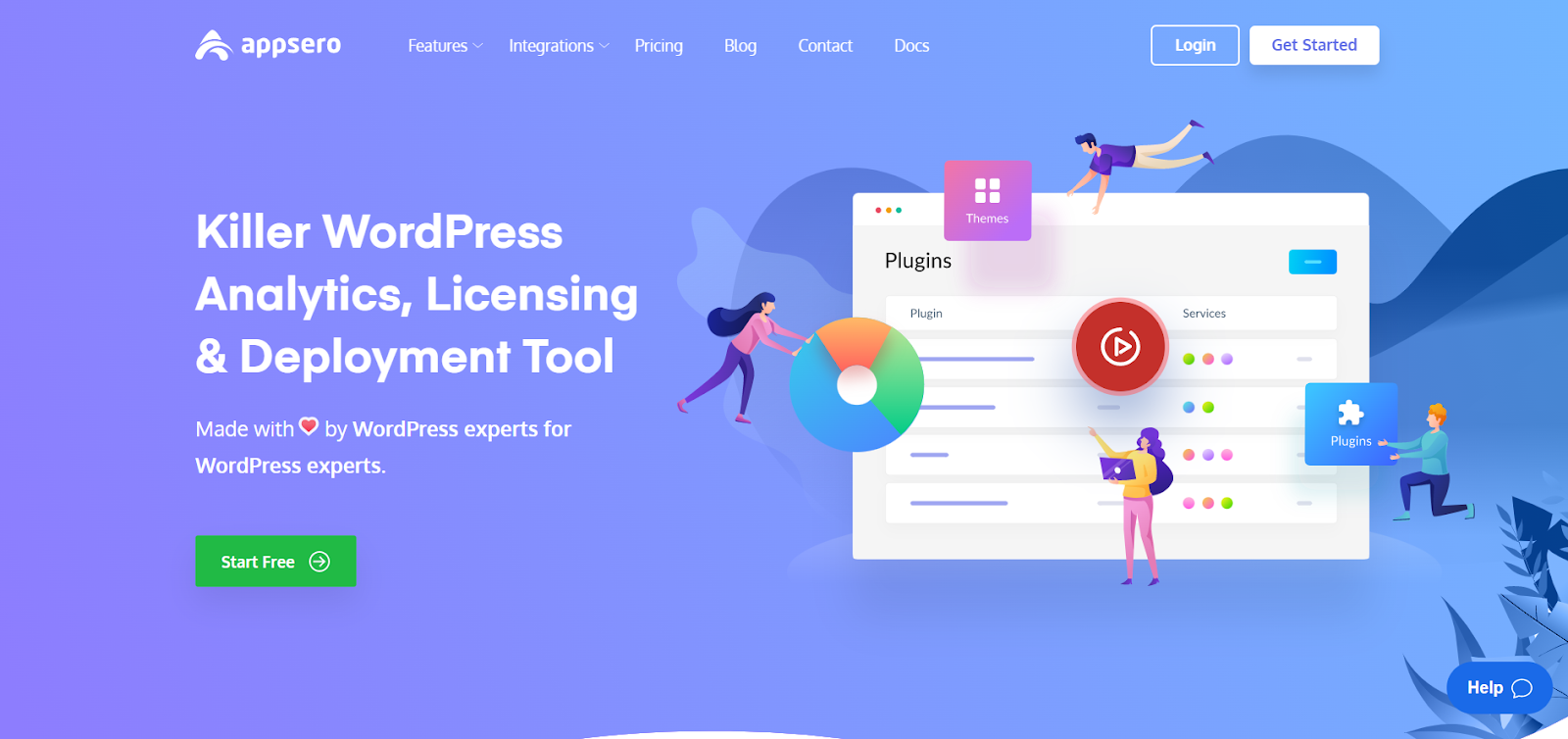
WordPress is one of the most popular business platforms online, and Appsero is the perfect tool to help manage products for developers. It’s easy to use and perfect for developers who want a head start in the online business world.
After creating a tool, WordPress developers need to understand the market and what needs their product will fill.
Appsero deploys products in various marketing platforms, collecting user data, automatically licensing products, and analyzing market position. This allows developers to focus on creating amazing products rather than worrying about the business side of things.
Top features:
- User account management.
- Unique payment processing.
- Faster deployment for pro users.
- Push to deploy using Git.
- Marketing automation features.
5. WP project manager
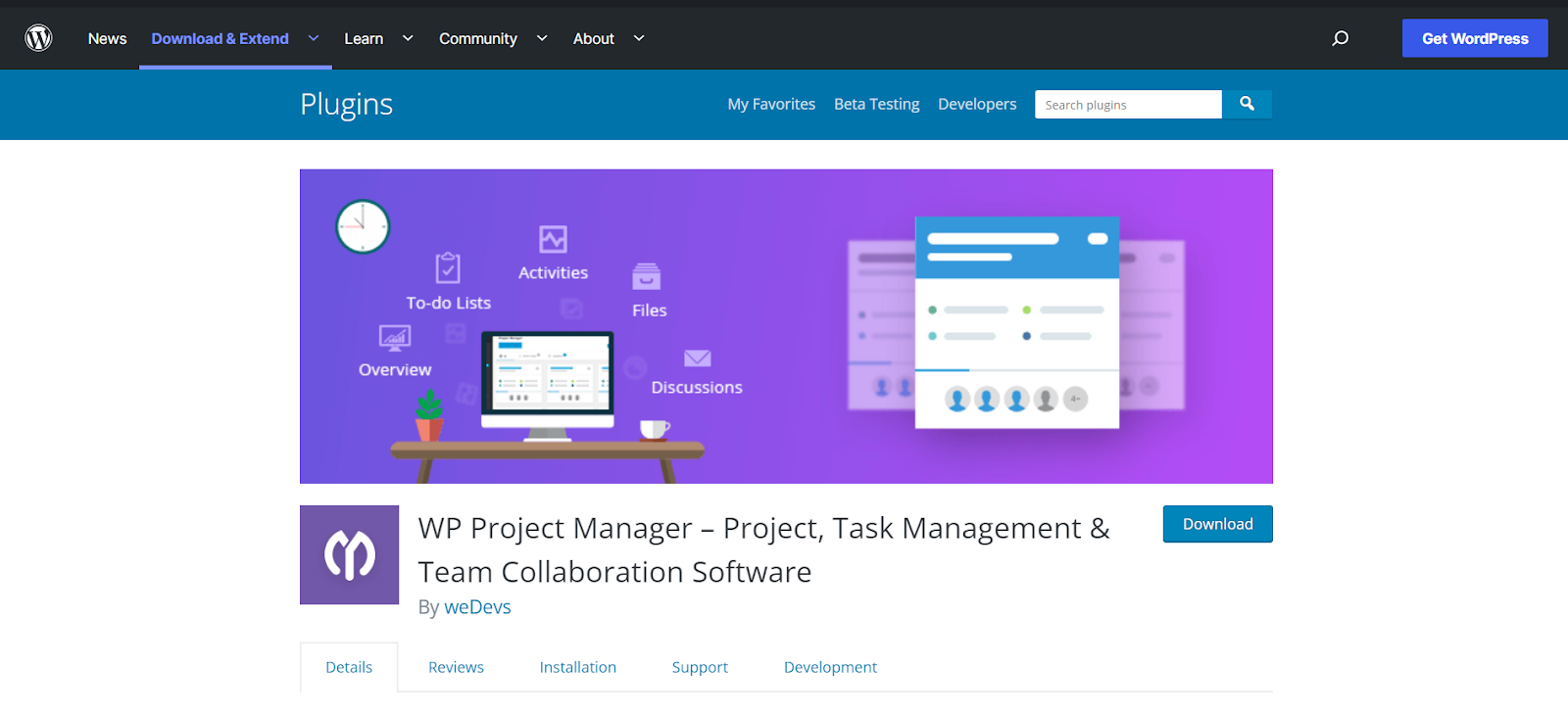
Managing a team for a large project can be difficult, but WP Project Manager is a management tool that can help. WP Project Manager helps teams connect, cooperate, and conquer any challenge. By using WP Project Manager, teams can easily manage projects of any size.
WP Project Manager is designed to help users keep track of their tasks, create to-do lists, and delete finished jobs. This tool also keeps a record of finished tasks and ongoing tasks.
WP Project Manager offers a chat system for multiple people joining activities to communicate with others and keep everyone on track. One interesting thing is that WP project managers can easily adjust to tasks from various perspectives. This makes it a valuable tool for anyone looking to manage their projects more efficiently.
Top features:
- Built-in dashboard.
- Security and privacy control.
- Built-in file manager.
- Milestone tracking feature.
- Perspective role selection.
6. BOOTSTRAP
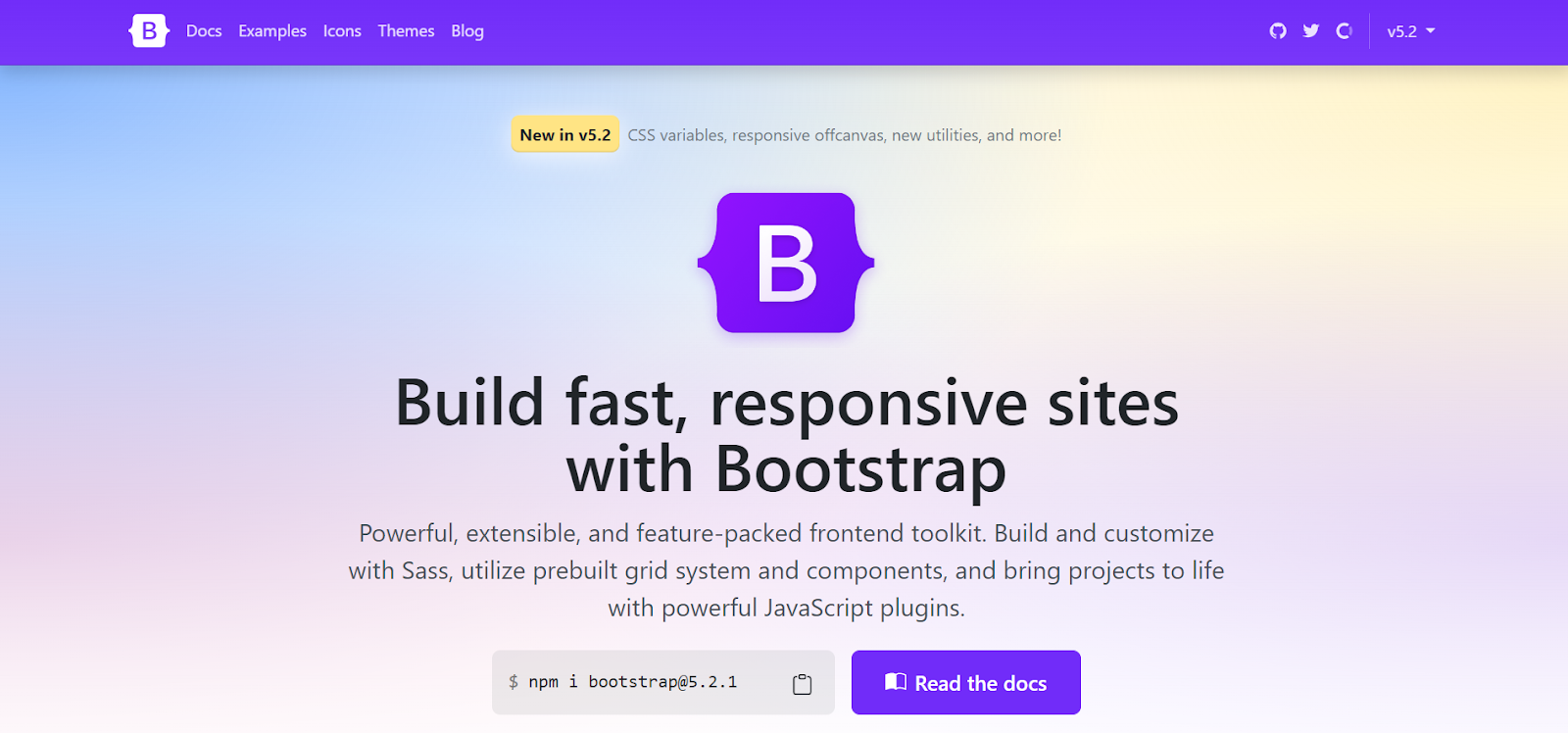
BOOTSTRAP is a great tool for quickly creating responsive websites that look good on mobile devices. These websites tend to have fewer dynamic elements than other types of sites, which makes them load faster on mobile devices.
You can use BOOTSTRAP to add stylish fonts and templates to your project, or you can customize HTML elements further. The choice depends on the developers and the needs of the project.
The main objective of this tool is to design a website that is both appealing and fast-loading without sacrificing quality.
Top features:
- New code elements.
- Support of CSS bot.
- Options to modify the navigation.
- Responsive utility classes.
- Drop down components menu.
7. WP-CLI
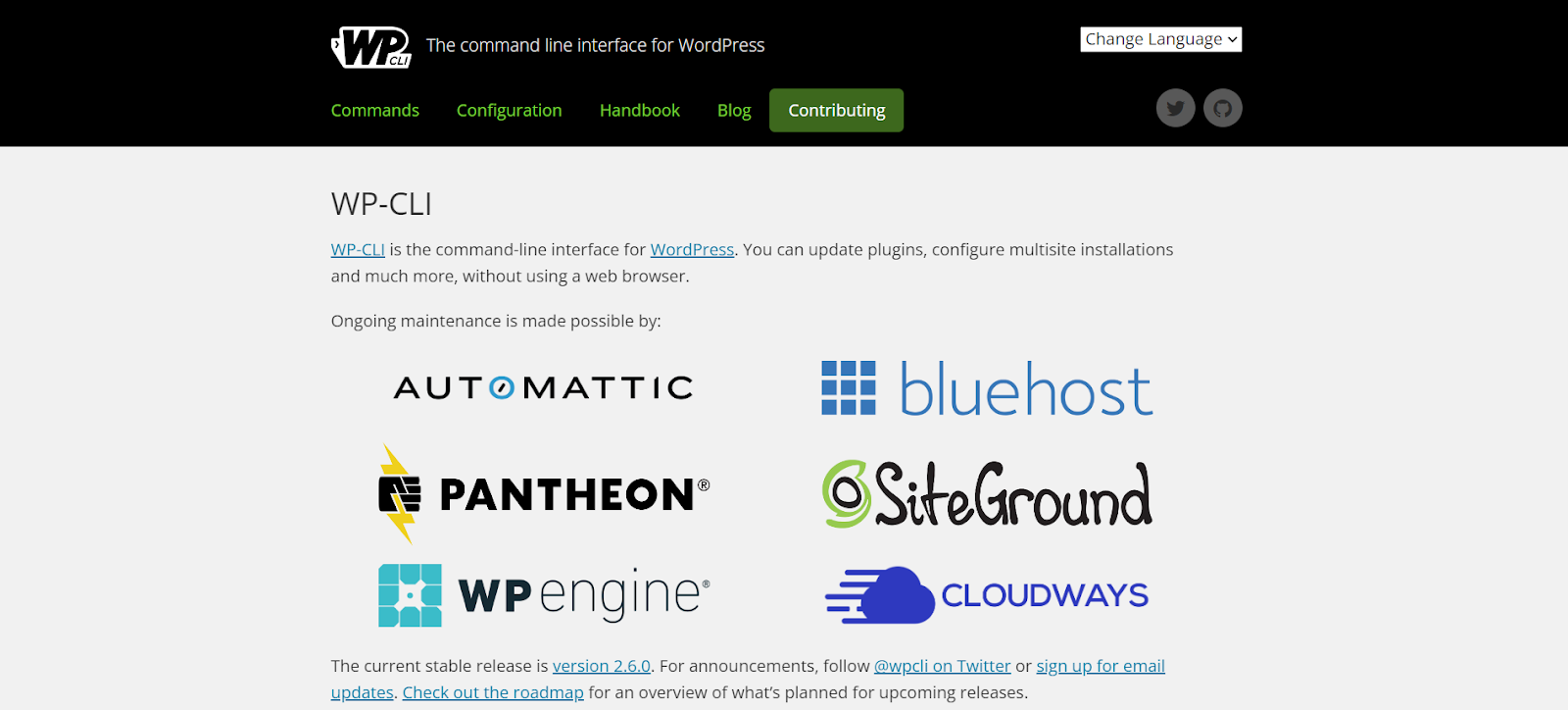
WordPress developers may need to update and install plugins as an operating system application from time to time. This is where WP-CLI comes in – it’s a powerful tool that helps developers do this without needing a web browser. Installing the plugin as an application has benefits because some of the internal codings need to be done in an operating system.
Additionally, several plugins and code scripts need offline processing for complete functionality. WP-CLI provides several actions that require downloading, upgrading, or modification to suit the user’s preferences.
Top features:
- Easily run updates with one click.
- Update, disable and delete useless plugins.
- Reset or change user passwords.
- Backup or make changes to the database.
- Create dummy content for test purposes.
8. Fontello
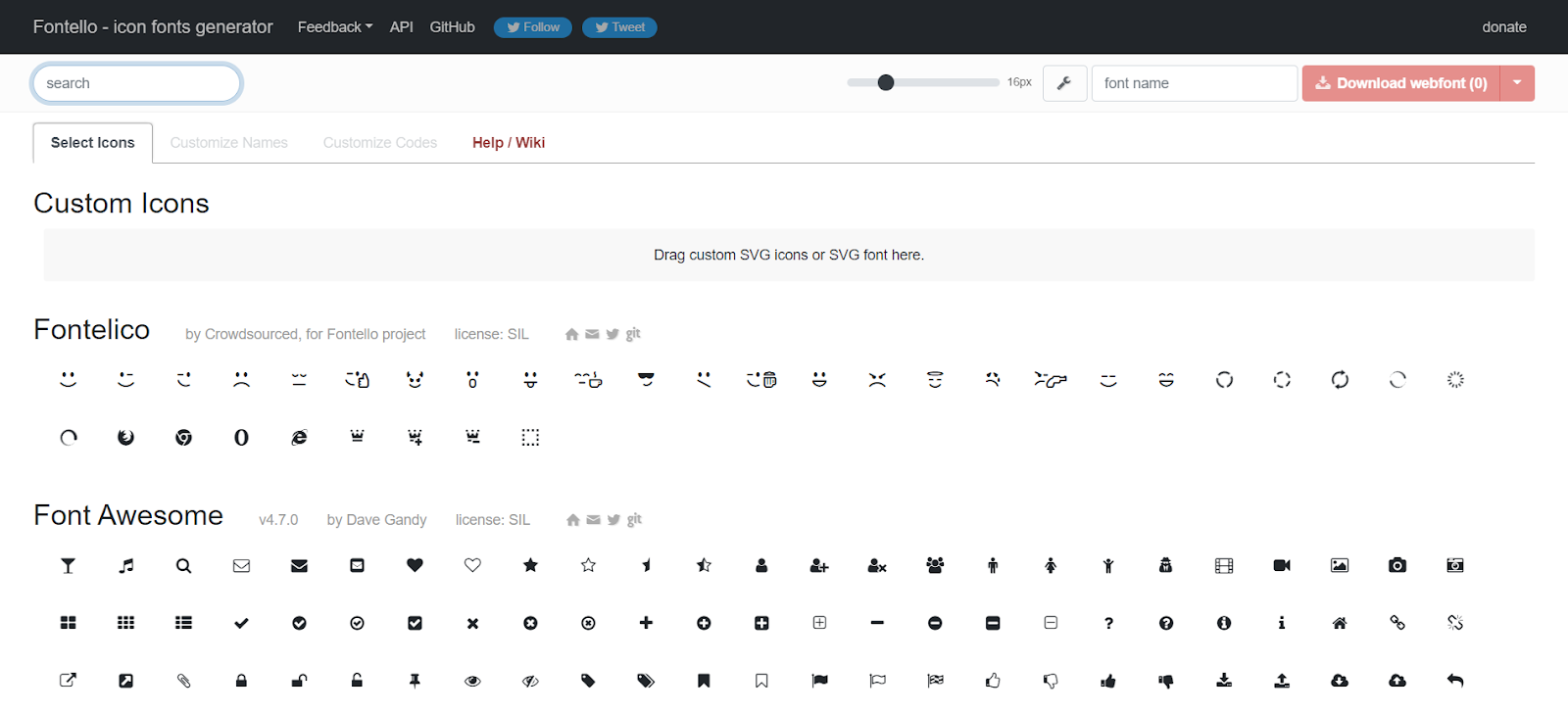
Icon font libraries are a great way to add an extra flair to your designs, and WordPress comes with native support for Dashicons. However, sometimes you need one or two extra icons to make your design stand out from the rest. That’s where Fontello comes in. Fontello is an easy-to-use icon font library that has a wide variety of icons to choose from.
Fontello is a great tool for anyone in need of finding high-quality icons from various font libraries, including Font Awesome. The best part is that it’s free to use, and you only have to download the icons you need – which saves a lot of time compared to other icon resources.
Top features:
- Pick any color for each icon, or use one color for all.
- Add gradients and shadows to your icons.
- Search for icon fonts and customize them.
- Have complete control over iconic fonts through CSS
9. WordPress Plugin Boilerplate

With over 44,000 plugins in the WordPress repository, it’s safe to say that not all plugins are created equal. Some are overpromising and underdelivering, while others are simply poorly coded.
That’s where WordPress Plugin Boilerplate comes in – it helps you create well-coded plugins that are sure to impress any user. It is free to download.
This plugin has a boilerplate to help you adhere to WordPress coding standards. Plus, it’s object-oriented and well-documented. It also standardizes hook calls, which makes it easy to separate the back end from the front-end of your plugin. Plus, all resources and dependencies are placed in the correct directories, so you don’t have to worry about doing it yourself.
Top features:
- Create high-quality WordPress plugins.
- Make plugin translation ready.
- Widget creation and configuration.
- Create plugin option setting page.
- Configure and style shortcodes.
Hire experienced WordPress developers for your next project
Typically, the first few steps in any WordPress integration process are fairly straightforward—installing, configuring, and setting up themes and plugins. However, as your project advances and you need to customize your theme or implement custom functionality, you may want to consider hiring a designer rather than getting into the code yourself.
Hiring quality WordPress developers from an outsourcing company is a great way to access experienced professionals who can work on your project efficiently while focusing on your business goals. A ready-made plan will help you stay organized and on track to avoid any potential roadblocks.
With HIP, you get the following benefits such as :
- Save developer costs
- Better productivity and flexibility
- No Communication gaps
- Hire developers with good tech knowledge
- Time zone benefit
FAQs
Which is the best tool for WordPress development?
Since all web applications are nothing but a bunch of web pages, web pages are essentially source code files. So, source code editors are the best tool for WordPress development. Visual Studio Code comes in handy for WordPress development.
Which WordPress development tool is free?
Fontello and boilerplate are the 2 WordPress developer tools that are free.
Can Visual Studio be used for WordPress?
Technically, yes, Visual Studio is compatible with any language where there is an add-on available. So we can also use Visual Studio for WordPress development.
Are WordPress developer tools and plugins the same?
No, they’re different. Most of the plugins are built with an eye toward the end user. This means that the plugins have a user-friendly interface with simple drag-and-drop functionality. On the other hand, developer tools are built for developers.
